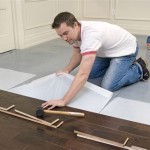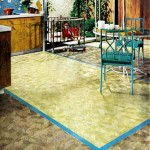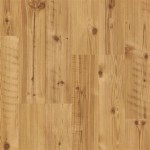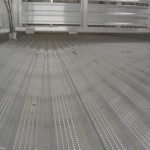Essential Aspects of Underlayment For Engineered Wood Flooring Over Concrete
Installing engineered wood flooring over concrete requires careful consideration of underlayment, a crucial layer that provides support, moisture protection, and sound insulation. Understanding the essential aspects of underlayment is paramount to ensure a successful flooring installation.
Types of Underlayment
Various types of underlayment are available, each with unique properties and applications. Common choices include:
- Cork: Natural and eco-friendly, provides excellent sound insulation and moisture resistance.
- Rubber: Durable and moisture-resistant, ideal for damp areas or high-traffic zones.
- Foam: Affordable and easy to install, offers good sound absorption and shock resistance.
- Polyethylene: A moisture barrier that prevents moisture from seeping into the flooring.
Moisture Control
Concrete can absorb moisture, which can damage engineered wood flooring. An underlayment acts as a moisture barrier, preventing moisture from reaching the flooring. Choose an underlayment with a high moisture vapor permeance (MVP) rating to allow any moisture trapped beneath the flooring to evaporate.
Sound Insulation
Underlayment also plays a vital role in sound insulation. A thick, dense underlayment helps absorb sound, reducing noise transmission within the home. Consider an underlayment with a high impact insulation class (IIC) rating for optimal sound reduction.
Flatness and Leveling
Concrete subfloors may not always be perfectly flat or level. Underlayment can help level out imperfections, providing a stable and even surface for the engineered wood flooring. Choose an underlayment with a high compressive strength rating to withstand the weight of the flooring and prevent future settling.
Installation Considerations
Proper installation of the underlayment is crucial for the performance of the flooring. Always follow the manufacturer's instructions carefully. Ensure that the underlayment is cut to size, overlapped where necessary, and secured to the subfloor using appropriate adhesive or tape.
Conclusion
Selecting and installing the correct underlayment for engineered wood flooring over concrete is essential for the longevity, performance, and comfort of your flooring. By considering factors such as type, moisture control, sound insulation, flatness, and installation, you can create a solid and durable foundation for your beautiful wood flooring.

Installing Wood Flooring Over Concrete Diy

Probase Rubber Underlayment For Engineered Hardwood Laminate Flooring Sound Seal

Installing Hardwood Floors On Concrete Subfloors

Installing Wood Subfloors Over Concrete Hardwood Floors

Installing Engineered Hardwood On Concrete Twenty Oak

Underlayment Buyer S Guide

What To Know Before Flooring Underlayment

Underlayment Buyer S Guide
Elastilon Self Adhesive Underlayment Builder

Hardwood Floor Underlayment Options And Installation Easiklip Floors
Related Posts








